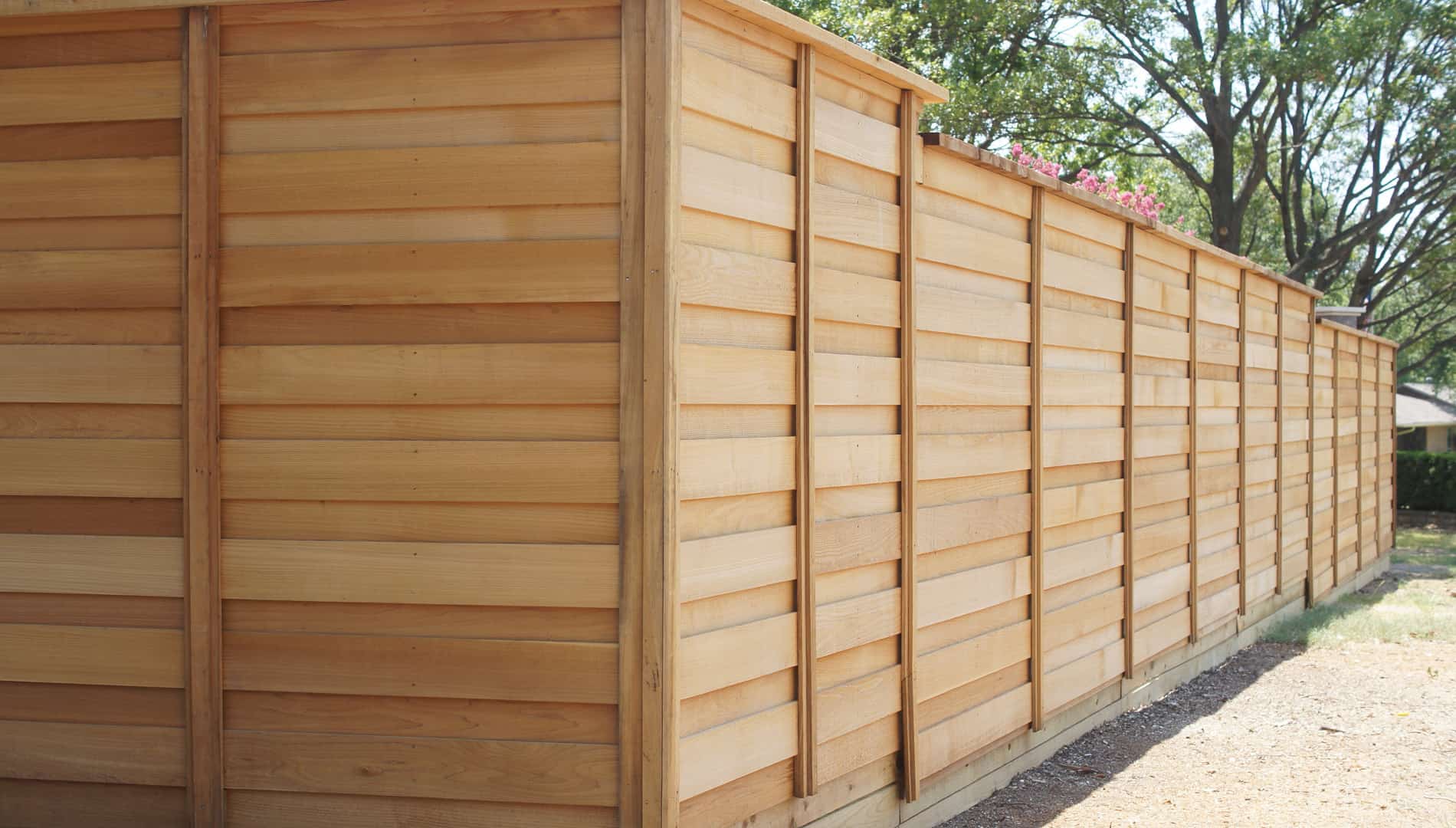

Articles
What Is The Cost Of Installing A Fence
Modified: February 23, 2024
Find out how much it costs to install a fence. Read articles and tips on calculating fence expenses and maximizing your budget.
(Many of the links in this article redirect to a specific reviewed product. Your purchase of these products through affiliate links helps to generate commission for Storables.com, at no extra cost. Learn more)
Introduction
Installing a fence is a common and practical solution for property owners looking to enhance privacy, secure their homes, or add aesthetic appeal to their outdoor spaces. However, before embarking on a fence installation project, it’s essential to understand the factors that can affect the cost.
The cost of a fence can vary widely, depending on various factors such as the type of fence, material used, the size of the area to be fenced, and additional features or customization. In this article, we will explore the factors that influence the cost of a fence, the different types of fences available, the average costs associated with each type, and additional expenses to consider. By the end, you’ll have a solid understanding of the financial implications of installing a fence and some tips for saving money along the way.
So, whether you’re looking for a new fence for your backyard, front yard, or commercial property, let’s dive into the world of fence costs and discover the options that best suit your needs and budget.
Key Takeaways:
- Understanding the factors that influence fence costs, such as material, size, and additional features, is crucial for developing a realistic budget and choosing the right type of fence for your property.
- By researching average costs, considering additional expenses, and implementing money-saving tips, property owners can make informed decisions and efficiently plan their fence installation projects while balancing budget and quality.
Factors Affecting the Cost of a Fence
When it comes to determining the cost of a fence, several factors come into play. By understanding these factors, you can better estimate the expenses associated with your fence installation project. Here are the key factors that influence the cost of a fence:
- Material: The material you choose for your fence has a significant impact on the overall cost. Common materials include wood, vinyl, aluminum, chain-link, and wrought iron. Each material has its own price range, with factors such as durability, maintenance requirements, and aesthetic appeal affecting the cost.
- Size of the Area: The size of the area to be fenced is another critical factor. Larger areas will require more materials and labor, resulting in greater expenses. Additionally, any irregularities in the terrain, such as slopes or uneven surfaces, may increase installation costs.
- Height of the Fence: Taller fences generally require more materials and labor compared to shorter fences. This is because taller fences offer increased privacy and security but come at a higher cost due to the additional materials needed.
- Additional Features: Customizations and additional features, such as gates, decorative elements, and security measures, can significantly impact the cost of your fence. These extras may enhance the functionality or aesthetics of your fence but be prepared for an increase in expenses.
- Labor Costs: The cost of labor for the fence installation can vary depending on factors such as location, experience of the contractor or installation team, and the complexity of the project. Labor costs typically include the removal of any existing barriers, preparing the site, and installing the new fence.
- Permits and Regulations: Some areas may require permits for fence installations, which can add additional costs. It’s important to research local regulations and obtain the necessary permits before starting the project to avoid any fines or delays.
It’s crucial to consider these factors when planning your fence installation. By doing so, you can develop a realistic budget and choose the most suitable fence type and materials that align with your needs and financial capabilities.
Types of Fences
There are various types of fences available, each offering different functionalities, aesthetics, and levels of security. Understanding the different types can help you choose the right fence for your specific requirements. Here are some common types of fences:
- Wooden Fences: Wooden fences are a popular choice due to their classic and timeless appeal. They can be customized in terms of height, design, and finish. However, wood fences require regular maintenance, such as staining or painting, to protect against weathering and rot.
- Vinyl Fences: Vinyl fences are known for their durability, low maintenance, and versatility. They come in various styles, colors, and textures, making them suitable for different architectural designs. While they may have a higher upfront cost, they are long-lasting and do not require painting or staining.
- Aluminum Fences: Aluminum fences offer an elegant and decorative option for both residential and commercial properties. They are lightweight, durable, and resistant to rust and corrosion. Aluminum fences are also low maintenance, requiring minimal upkeep.
- Chain-link Fences: Chain-link fences are a cost-effective and practical option for enclosing large areas. They provide security and are ideal for boundaries, sports fields, or pet enclosures. While they may not offer as much privacy as other types, they are relatively easy to install and require minimal maintenance.
- Wrought Iron Fences: Wrought iron fences are known for their strength, durability, and ornamental design. They add a touch of elegance and sophistication to any property. However, wrought iron fences can be more expensive due to their craftsmanship and customization options.
- Composite Fences: Composite fences combine the benefits of both wood and vinyl. They are made from a mixture of wood fibers and plastic, resulting in a fence that is resistant to rot, insects, and warping. Composite fences offer the look of wood without the high maintenance requirements.
It’s important to consider your needs, budget, and the overall style of your property when selecting the type of fence. Additionally, check with your homeowners’ association or local regulations to ensure that your chosen fence type complies with any community guidelines or restrictions.
Average Cost of Different Types of Fences
When planning a fence installation, understanding the average costs associated with different fence types can help you budget effectively. It’s important to note that these costs are approximate and can vary depending on factors such as location, materials used, and customization options. Here is a general overview of the average costs for different types of fences:
- Wooden Fences: On average, wooden fences can cost between $15 to $30 per linear foot. The total cost will depend on factors such as the type of wood used (e.g., cedar, pine), fence height, and any additional features or customization.
- Vinyl Fences: Vinyl fences typically range from $20 to $40 per linear foot. The higher cost is justified by their durability, low maintenance requirements, and long lifespan. The total cost will vary based on fence height, style, and any extras like decorative accents or gates.
- Aluminum Fences: Aluminum fences can cost between $20 to $40 per linear foot. The price may increase depending on the design complexity and any additional features. Keep in mind that high-end or custom-made aluminum fences may come with a higher price tag.
- Chain-link Fences: Chain-link fences are generally the most affordable option, with an average cost ranging from $8 to $18 per linear foot. The cost can increase if you opt for vinyl-coated or colored chain-link fences, which offer additional aesthetic appeal.
- Wrought Iron Fences: Wrought iron fences are considered a premium option, with costs ranging from $25 to $60 per linear foot. The price can vary depending on the intricacy of the design and any customization. It’s important to keep in mind that wrought iron fences may require regular maintenance to prevent rust.
- Composite Fences: Composite fences can cost between $25 to $45 per linear foot. The final price will depend on factors such as the brand, style, and any additional features. While composite fences may have a higher upfront cost, they offer long-term durability and low maintenance requirements.
Remember that these prices are just averages, and it’s essential to get accurate quotes from local contractors to budget for your specific project accurately. Additionally, keep in mind that installation costs, permits, and any additional features may add to the overall expense of your fence.
Get multiple quotes from different fence contractors to compare prices and services. Consider the type of material, height, and length of the fence to get an accurate cost estimate.
Additional Costs to Consider
When planning for a fence installation, it’s important to consider additional costs beyond just the materials and labor. These extra expenses can significantly impact the overall cost of your project. Here are some additional costs to keep in mind:
- Permits: Depending on your location, you may need to obtain permits before installing a fence. Permit costs can vary, so it’s essential to check with your local municipality or homeowners’ association to determine if any permits are required and factor in their cost.
- Excavation and Site Preparation: If your property requires extensive excavation or site preparation work, such as clearing vegetation, removing existing structures, or leveling the land, these services may come at an additional cost. It’s important to assess the condition of your property and budget accordingly.
- Customization and Extras: If you have specific customization requests or want to add extras like gates, decorative features, or security measures, these will come with additional costs. The more intricate or unique the customization, the higher the expense.
- Staining or Painting: For wooden fences, staining or painting is often necessary to protect the wood from weathering and enhance its appearance. These materials and the associated labor costs should be considered when budgeting for your project.
- Maintenance: It’s important to factor in ongoing maintenance costs for certain types of fences, such as wooden fences that require frequent staining or sealing. Regular upkeep, repairs, and replacement of damaged sections should be considered to ensure the longevity and visual appeal of your fence.
By considering these additional costs upfront, you can budget more accurately and avoid any unexpected financial surprises during or after the fence installation process. It’s always a good idea to work with reputable contractors who can provide transparent quotes and help you understand all the potential expenses involved.
Read more: How To Install Fence On A Slope
Tips for Saving Money on Fence Installation
Fence installation can be a significant investment, but there are ways to save money without compromising on quality or security. If you’re looking to keep your fence installation costs down, consider these money-saving tips:
- Research and Compare: Take the time to research different fencing materials and styles. Compare prices from multiple suppliers and contractors to get the best deal. Be sure to consider the durability, maintenance requirements, and longevity of the materials to make an informed decision.
- Choose Cost-Effective Materials: Opt for more cost-effective materials that still meet your needs. For example, instead of expensive hardwoods, consider pressure-treated wood or composite materials that offer durability at a lower cost.
- DIY or Partial Installation: If you have the skills and tools, consider taking on some of the fence installation yourself. You can save on labor costs by doing the prep work, such as digging post holes or removing old fencing. However, leave any complex or specialized tasks to the professionals to ensure quality and safety.
- Timing and Negotiation: Plan your project during the off-season when contractors may offer lower rates due to decreased demand. Additionally, negotiate the price with contractors and suppliers to see if any discounts or promotions are available.
- Standardized Design: Opt for a standard, straightforward fence design rather than complex or intricate styles. Customizations, unique shapes, or ornate designs can significantly increase costs. Stick to simple and functional designs to save on both materials and labor.
- Maintain Existing Fencing: If your current fence is still in decent condition, consider repairing and maintaining it rather than installing a brand new one. Simple fixes like replacing broken boards or tightening loose screws can help extend the life of your fence and save on replacement costs.
- Consider Shared Fencing: If your property shares a boundary with a neighbor, discuss the possibility of sharing the cost of a fence. Sharing the expenses can help reduce the financial burden for both parties while still achieving the desired privacy and security.
- Long-Term Cost Analysis: While upfront savings are important, consider the long-term costs associated with different fencing materials. Look for materials that require less maintenance or have longer lifespans, as this can save you money on repairs and replacements in the future.
Remember, while it’s essential to save money, it’s equally important to choose a fence that suits your needs and provides the required functionality and security. Always prioritize quality and seek professional advice to ensure a reliable and durable fence installation.
Conclusion
Installing a fence is not only a practical solution for maintaining privacy and security but also a way to enhance the overall aesthetic appeal of your property. However, before taking on a fence installation project, it’s crucial to consider the various factors that can affect the cost.
Factors such as the choice of material, size of the area, height of the fence, additional features, and labor costs all play a role in determining the overall expense. By understanding these factors and researching different options, you can make informed decisions that align with your budget and requirements.
Wooden fences offer a timeless and versatile option, while vinyl fences provide durability and low maintenance. Aluminum fences offer elegance and customization options, while chain-link fences are practical and budget-friendly. Wrought iron fences exude sophistication and composite fences offer the best of both worlds.
In addition to the basic expenses, it’s essential to consider permits, site preparation, customization, staining or painting, and ongoing maintenance as additional costs. By factoring in these expenses early on, you can avoid financial surprises and plan your project more accurately.
To save money on fence installation, research and compare prices, opt for cost-effective materials, consider DIY or partial installation, negotiate pricing, choose standardized designs, maintain existing fencing if possible, and analyze long-term costs.
In conclusion, installing a fence involves careful consideration of various factors and costs. By understanding the different types of fences, average costs, additional expenses, and money-saving tips, you can make informed decisions and plan your fence installation project efficiently. Whether it’s for privacy, security, or simply enhancing the beauty of your property, a well-built and properly installed fence can be a valuable addition to your home or business.
Frequently Asked Questions about What Is The Cost Of Installing A Fence
Was this page helpful?
At Storables.com, we guarantee accurate and reliable information. Our content, validated by Expert Board Contributors, is crafted following stringent Editorial Policies. We're committed to providing you with well-researched, expert-backed insights for all your informational needs.
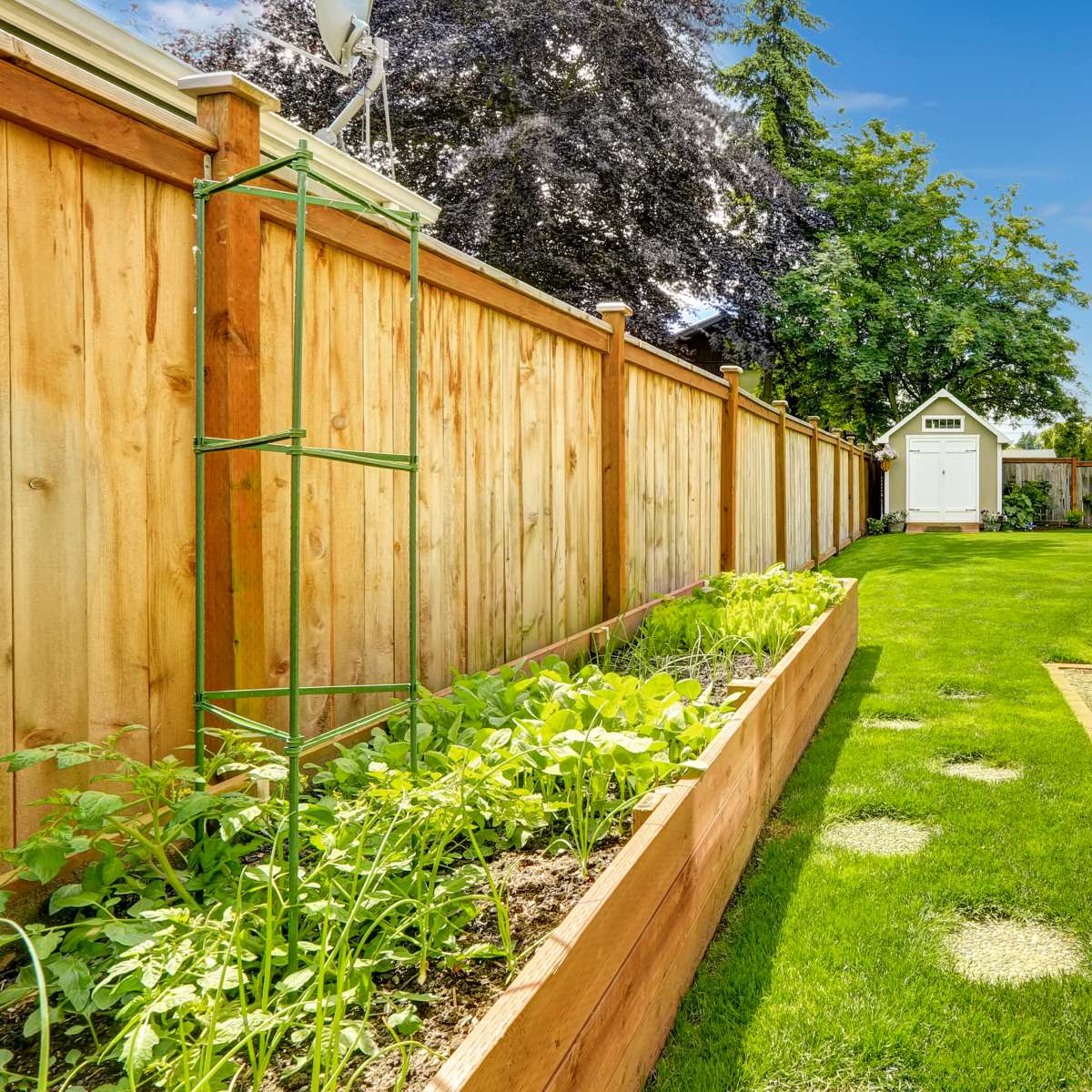
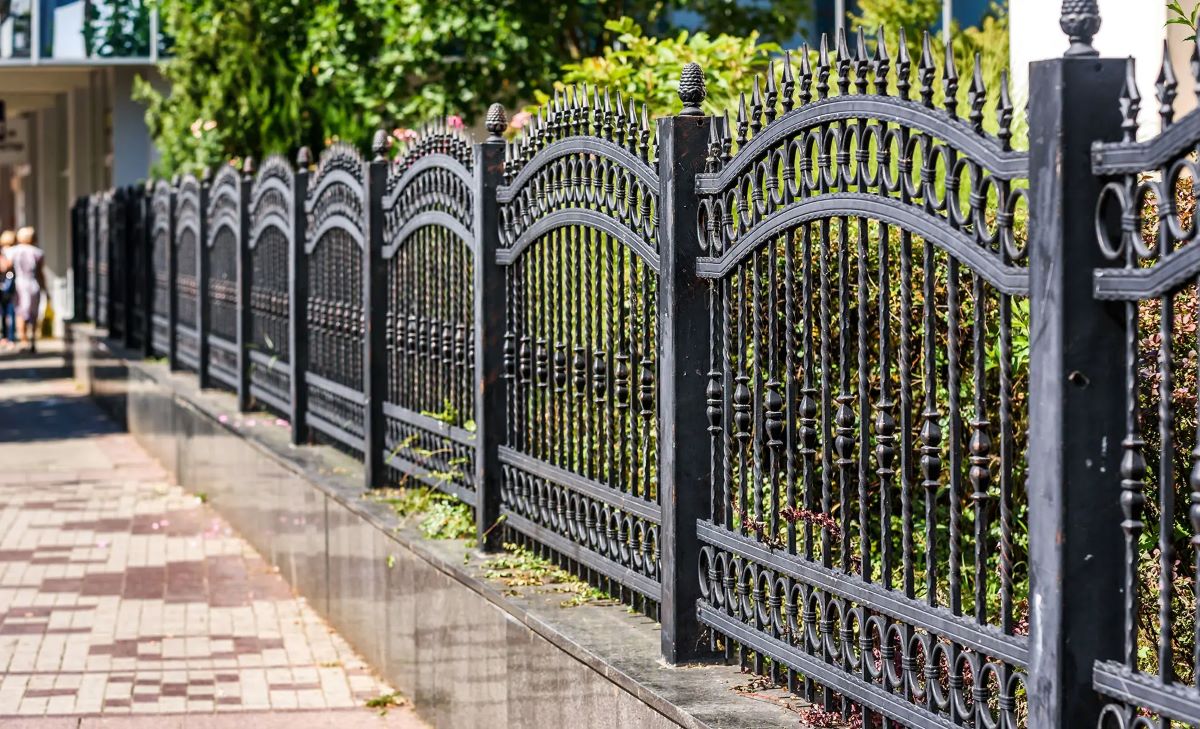
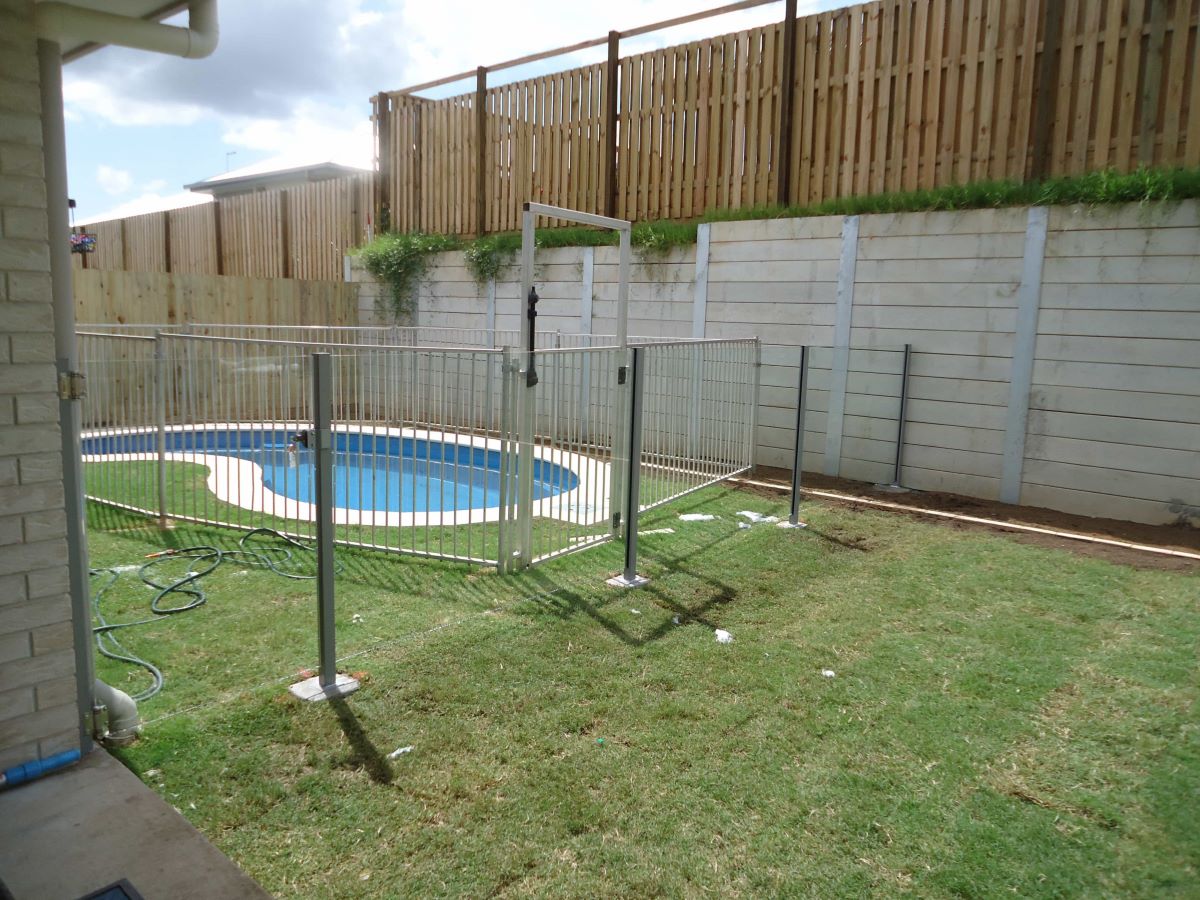
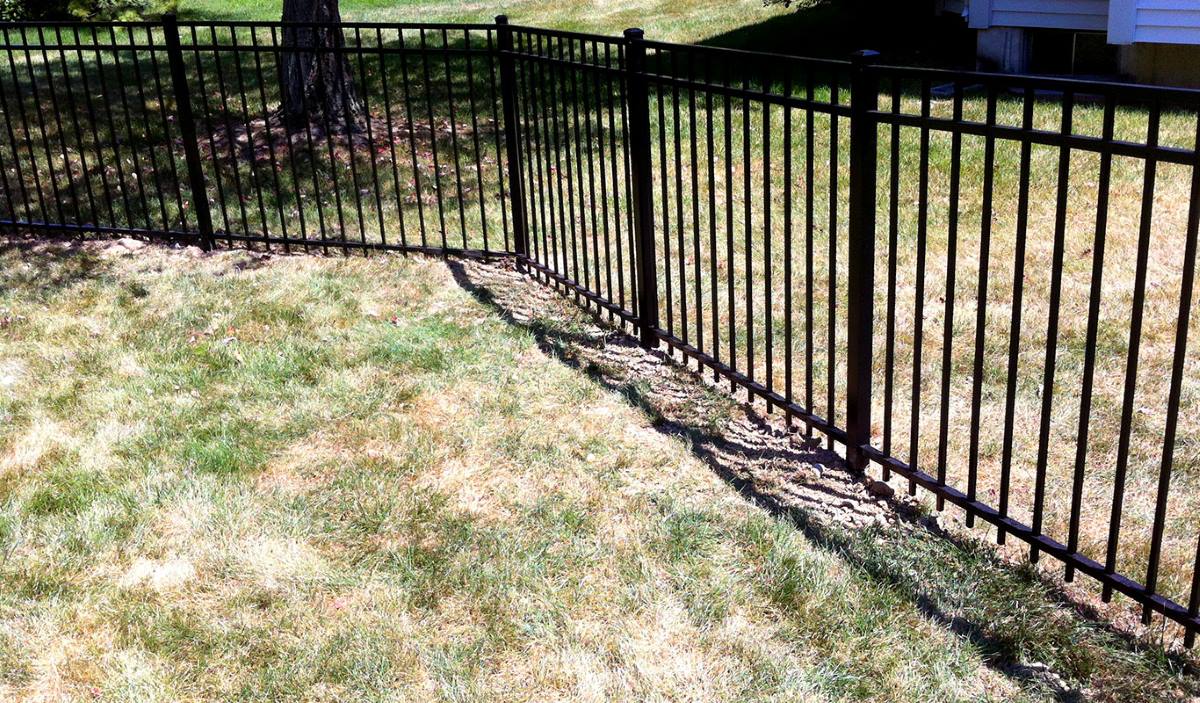
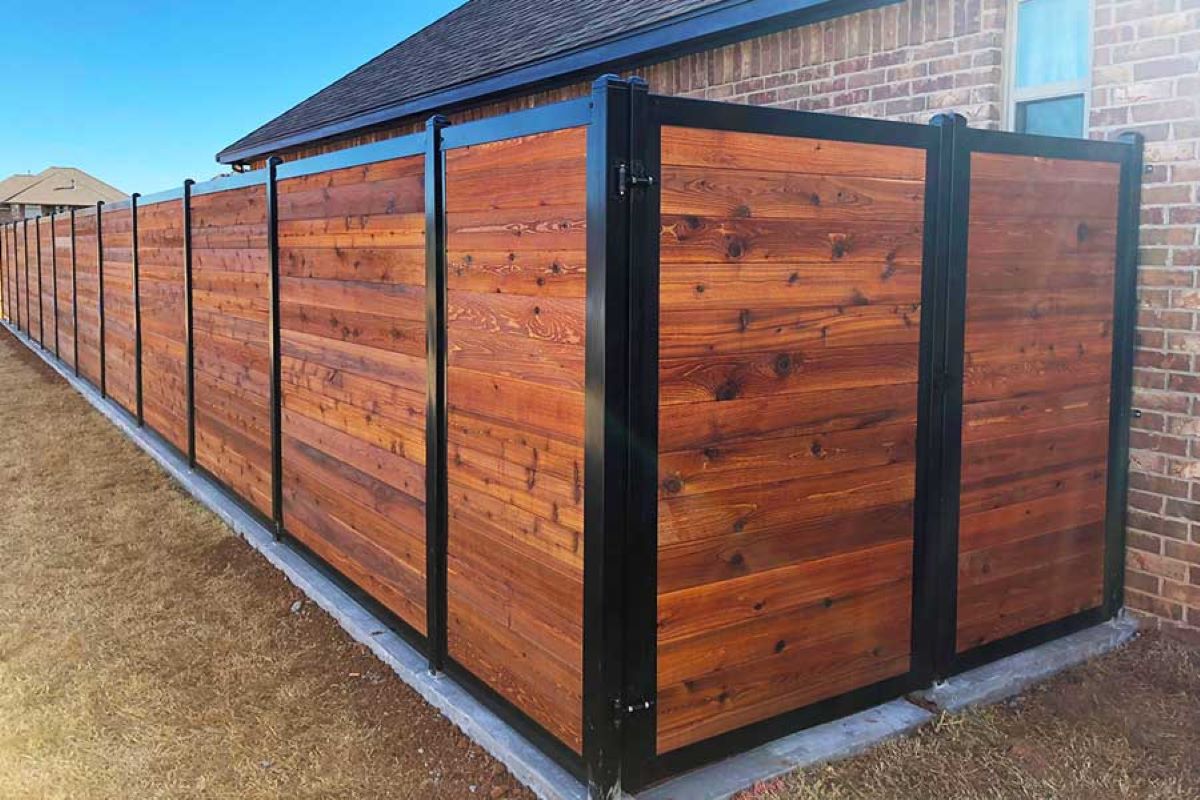
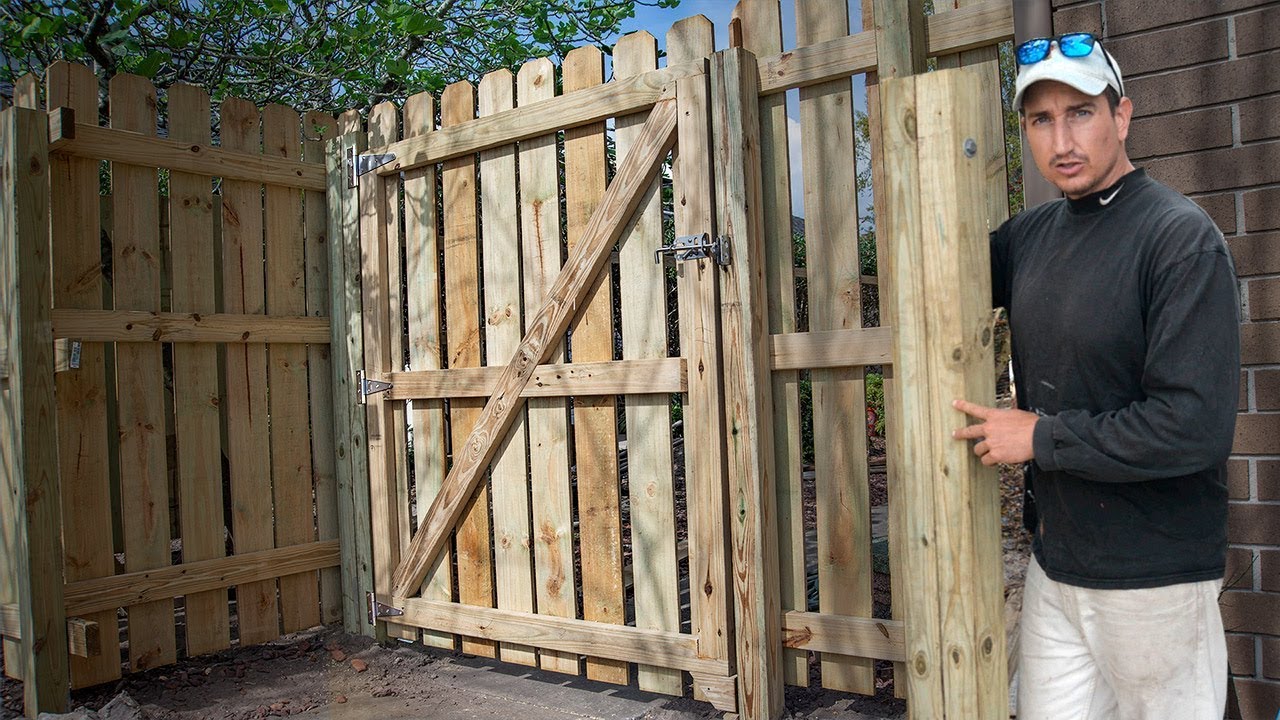
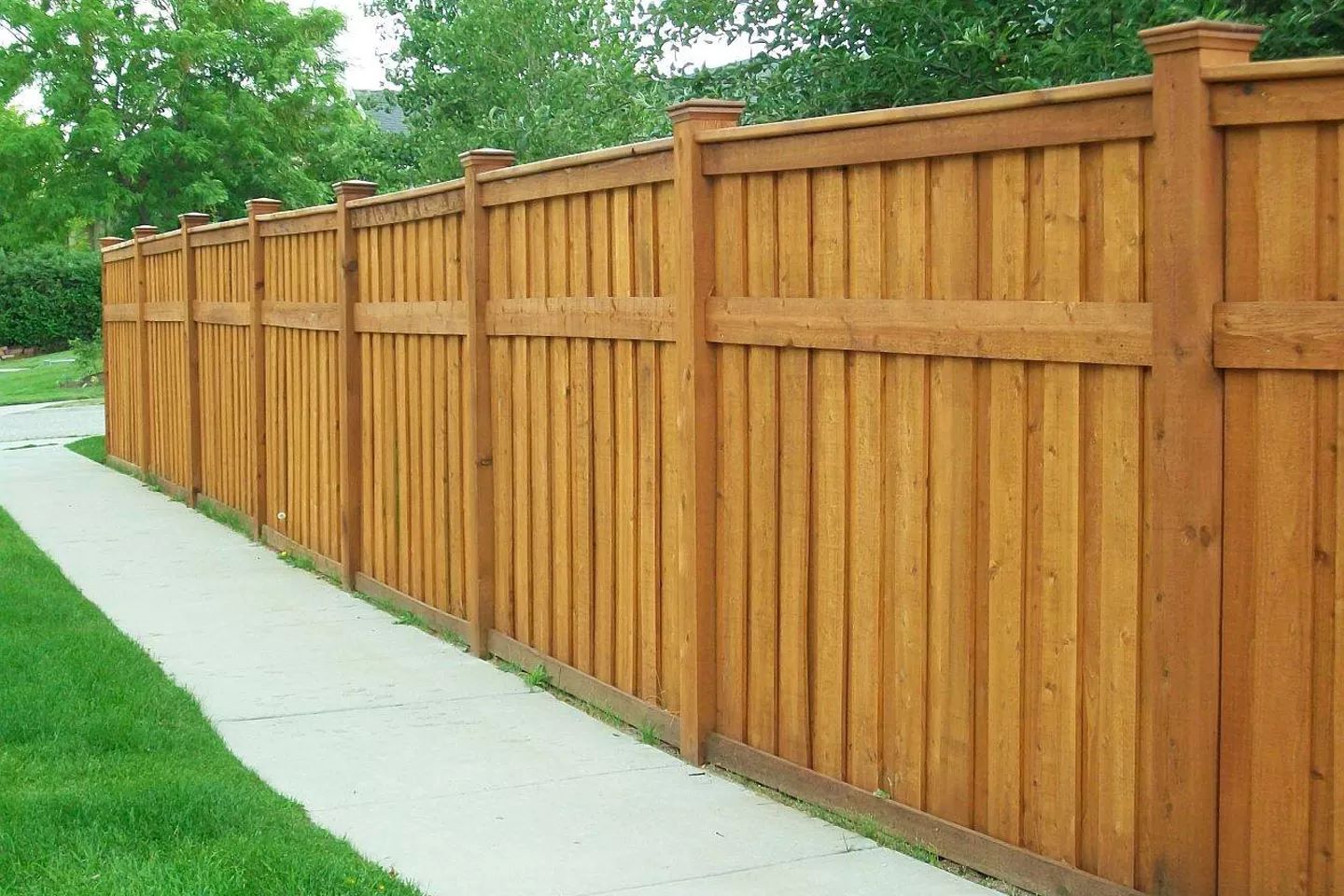
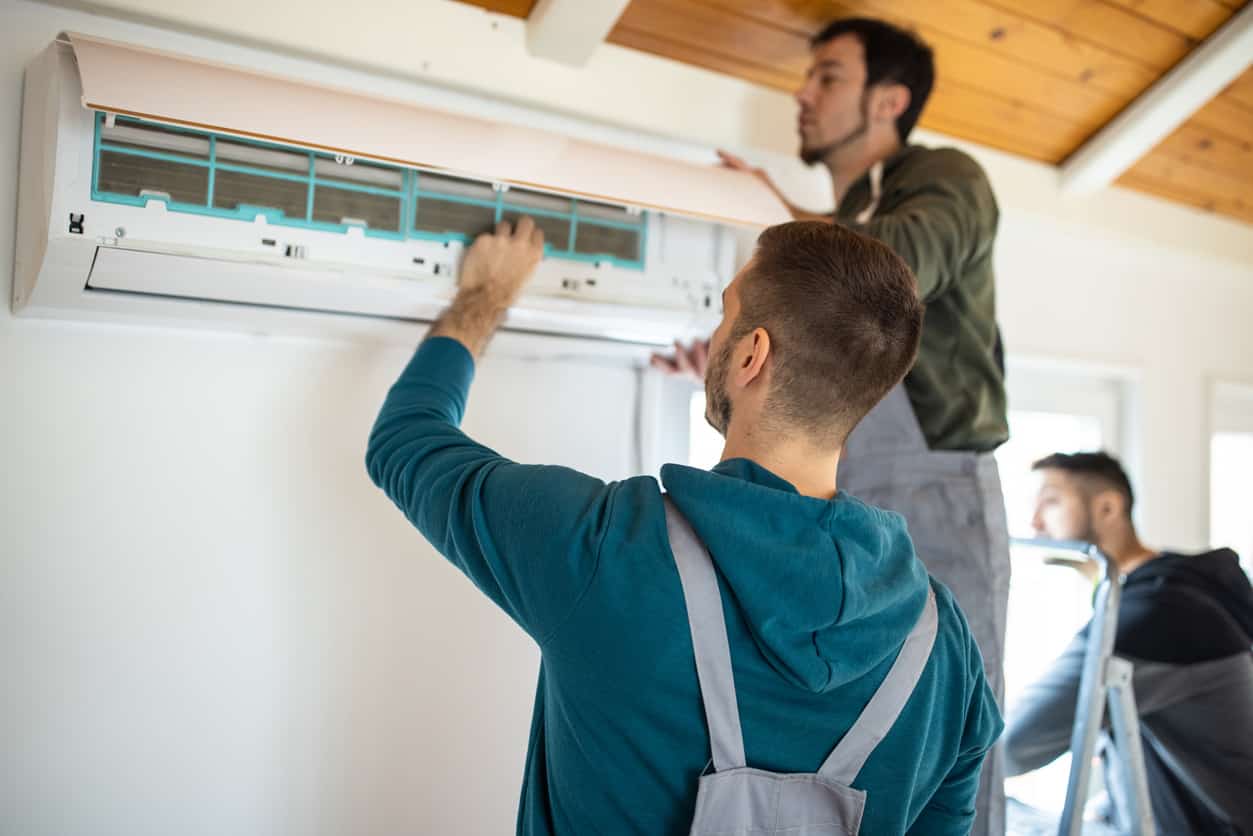
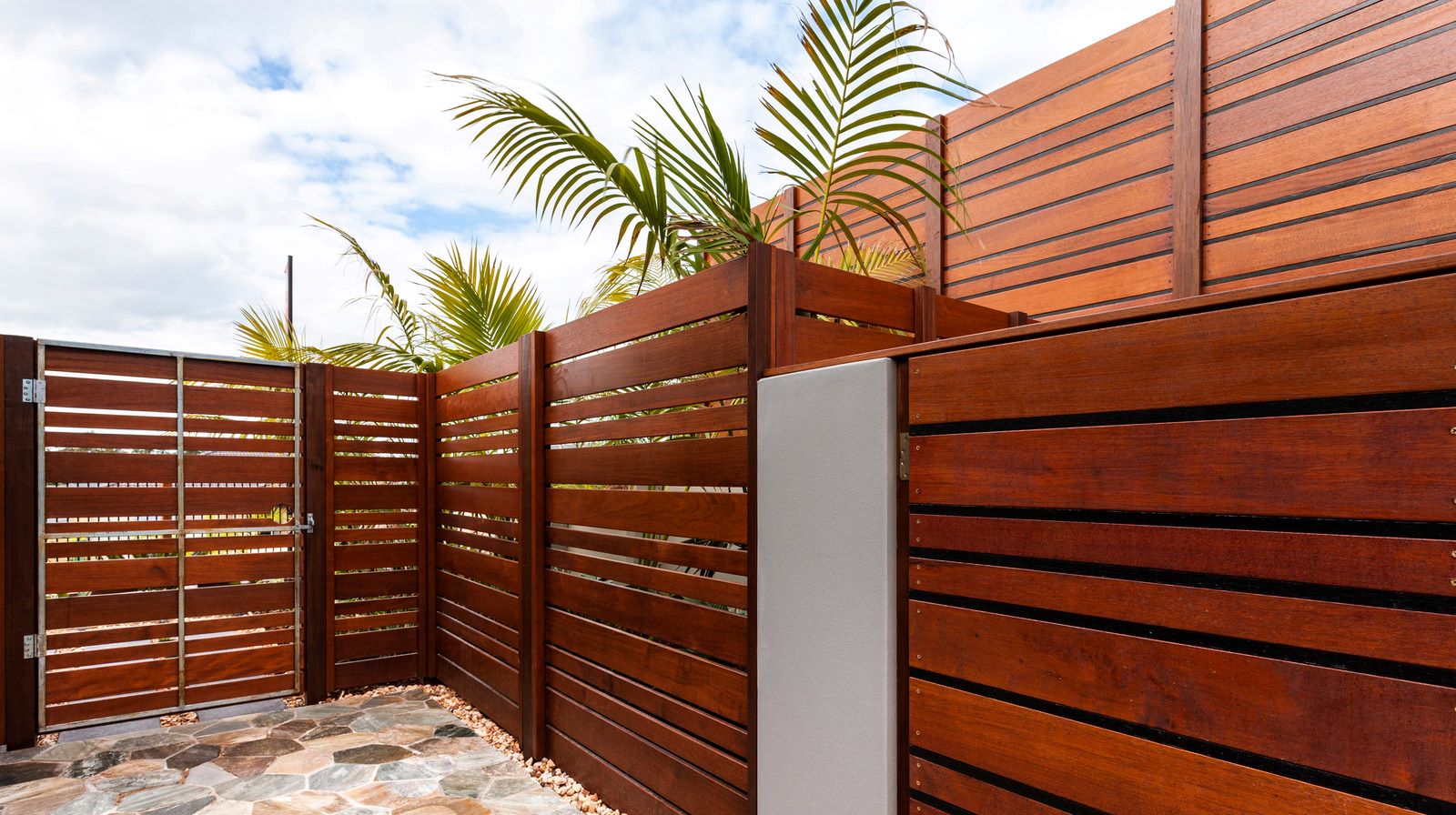
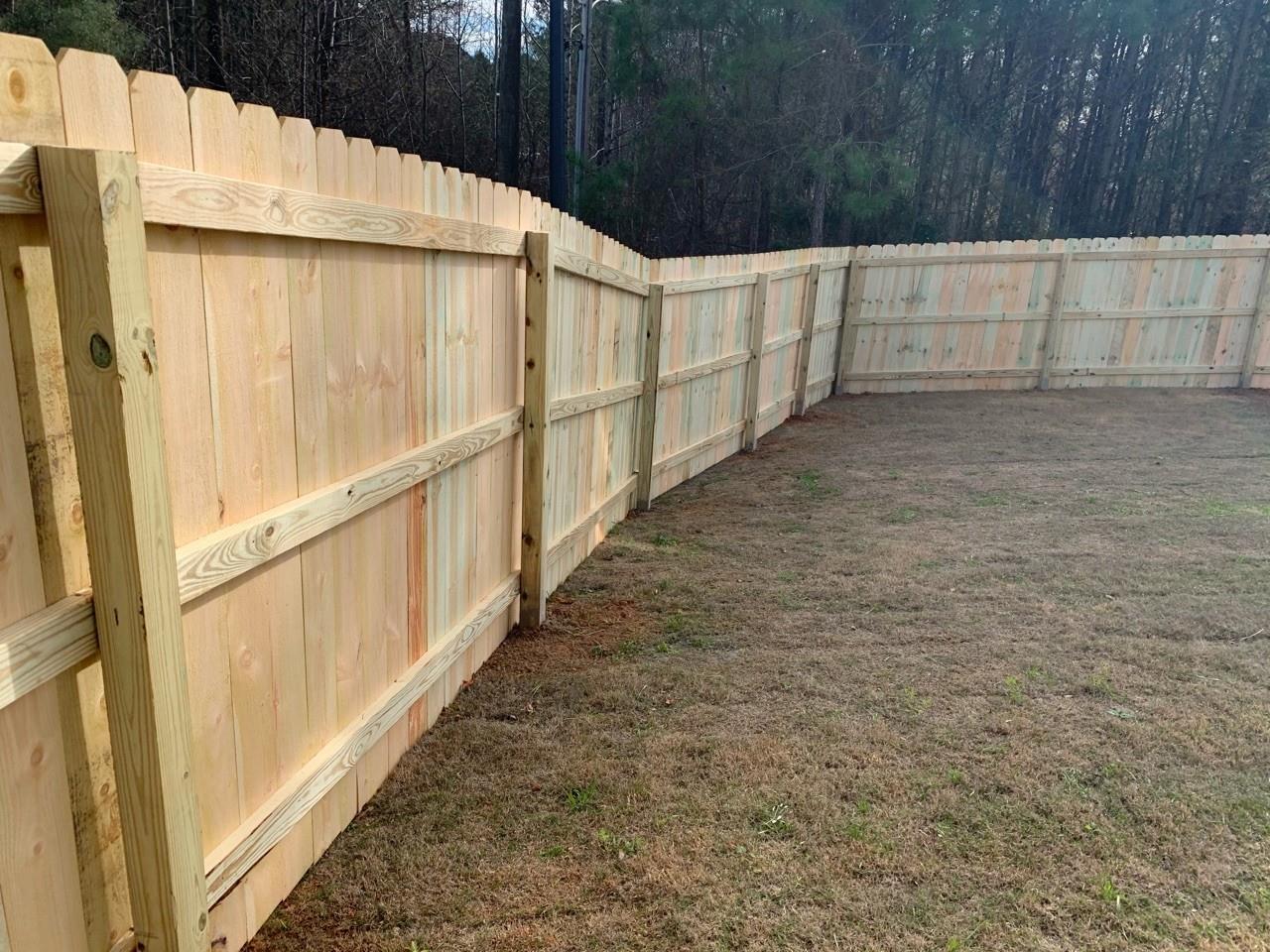
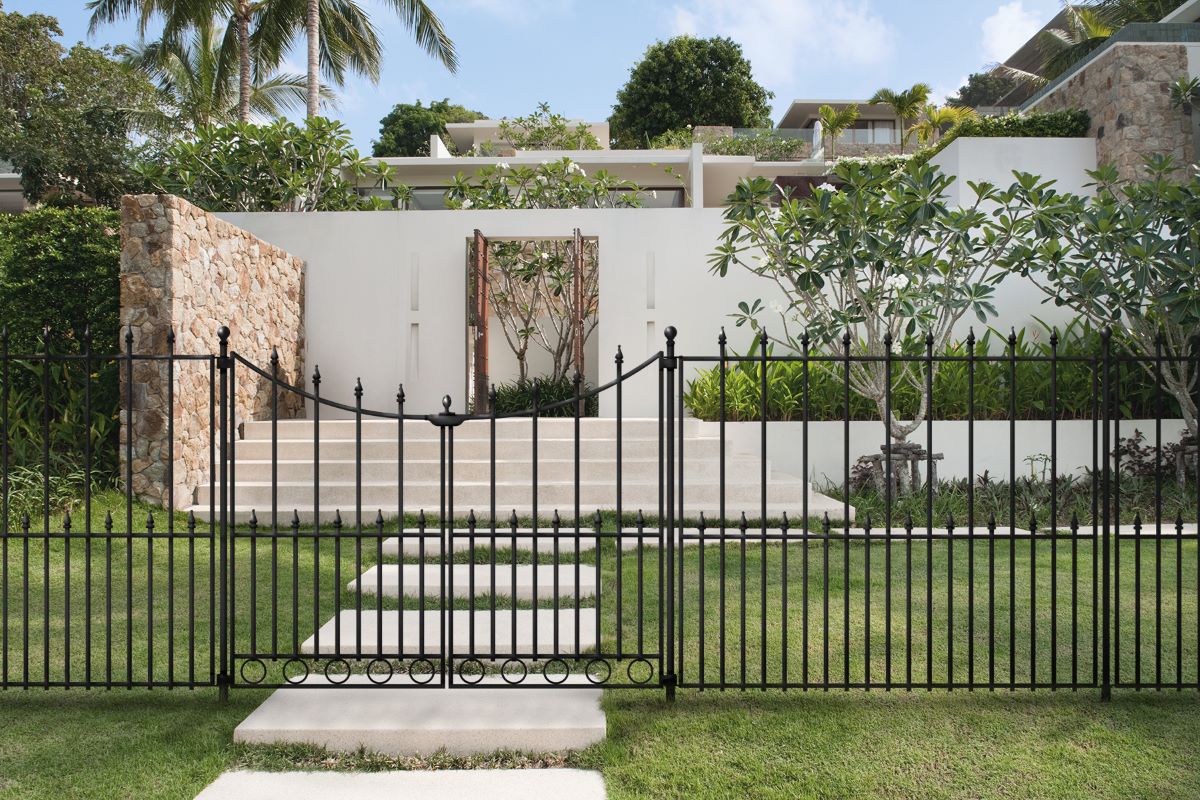
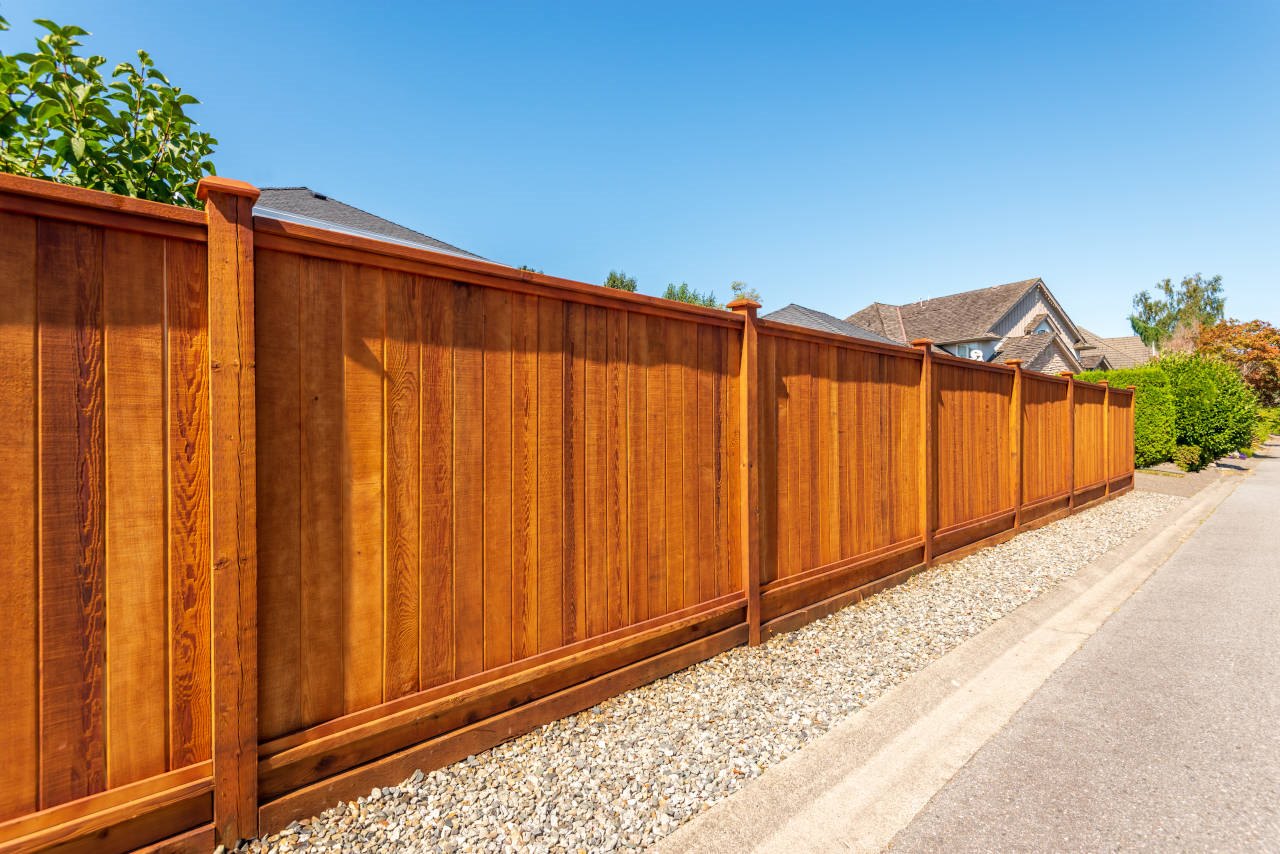
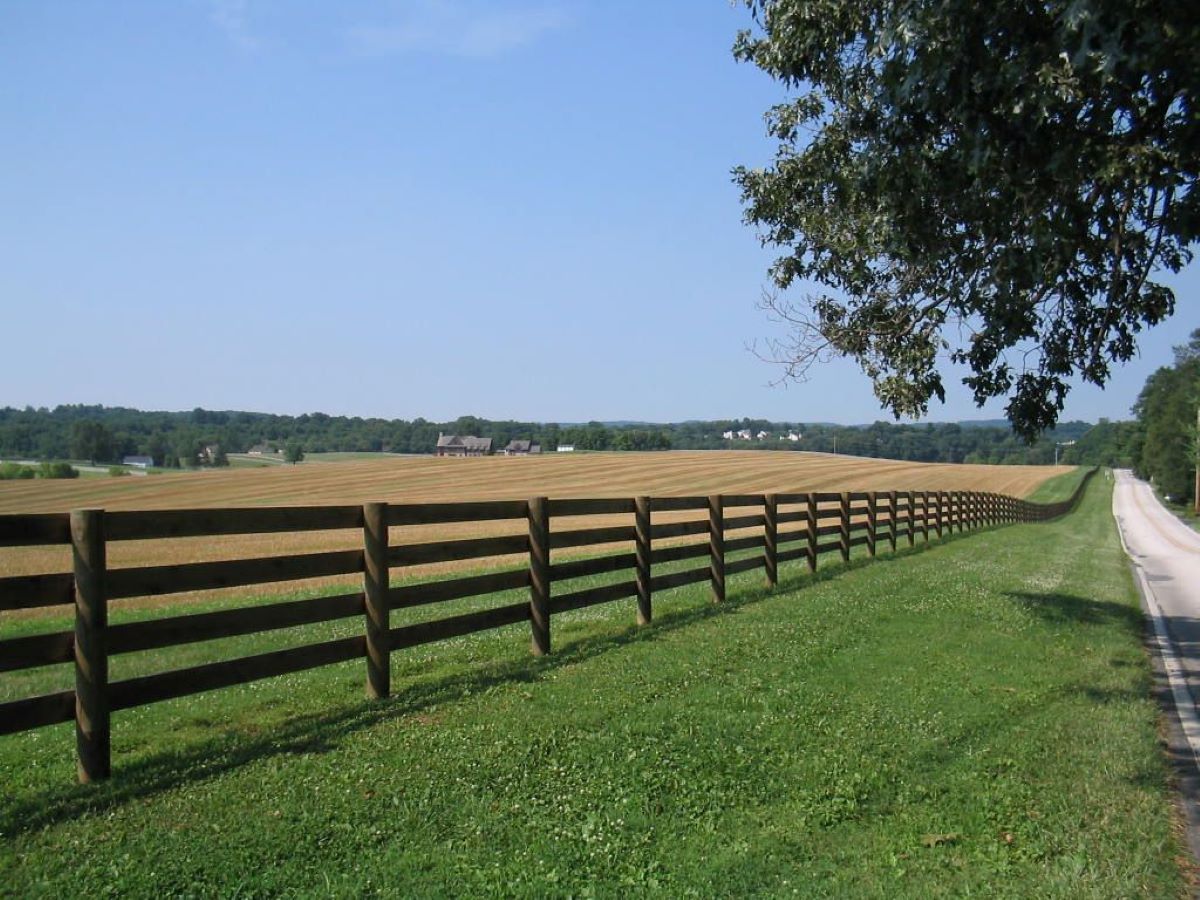
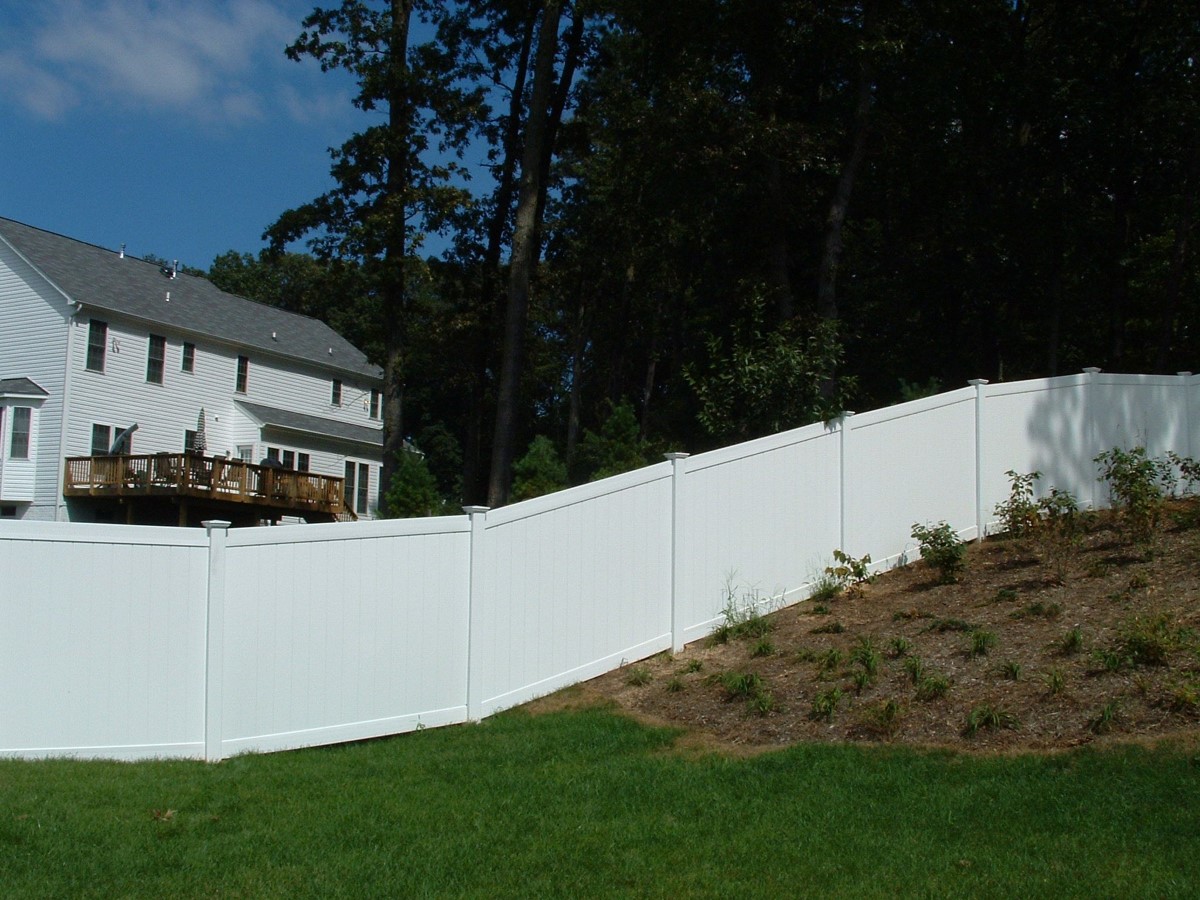

0 thoughts on “What Is The Cost Of Installing A Fence”